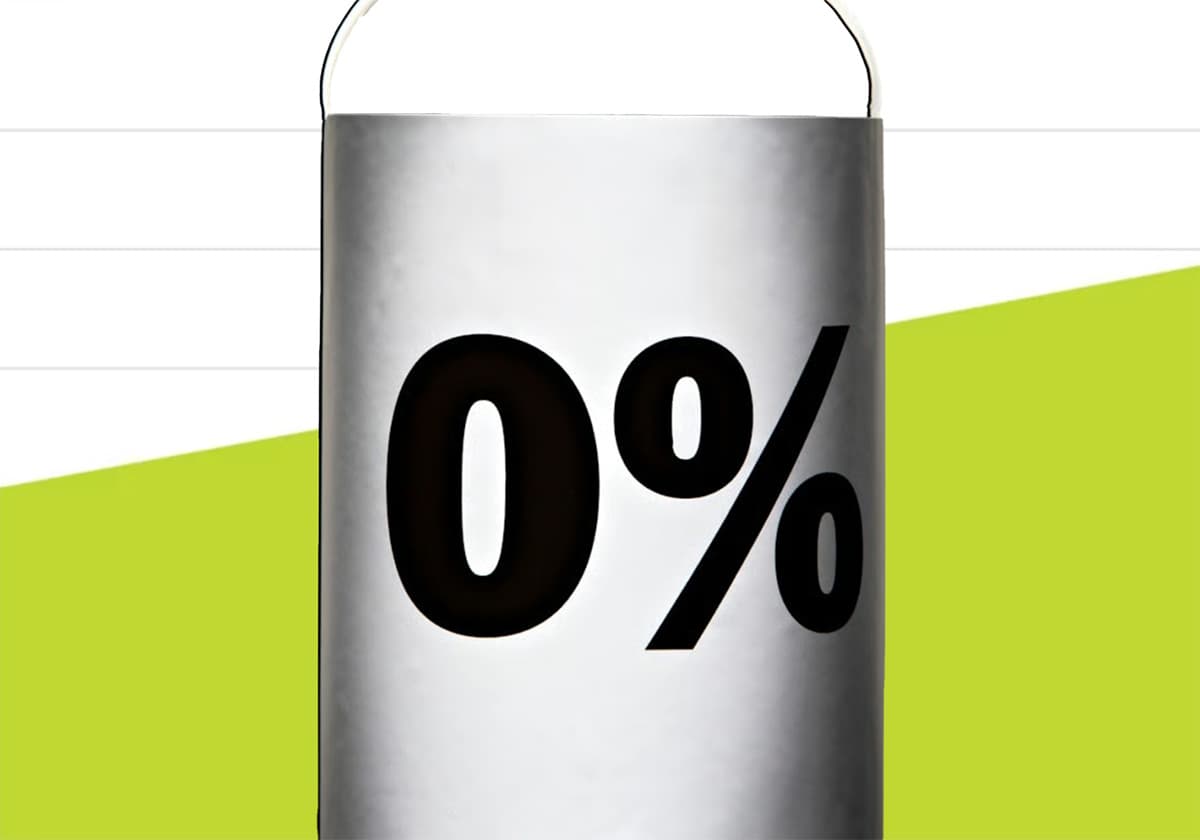
Infographic: Big Numbers for Zero Alcohol
Based on some of the latest economic data, here are a few visuals on the recent growth in nonalcoholic beer.
10 articles in this category

Based on some of the latest economic data, here are a few visuals on the recent growth in nonalcoholic beer.
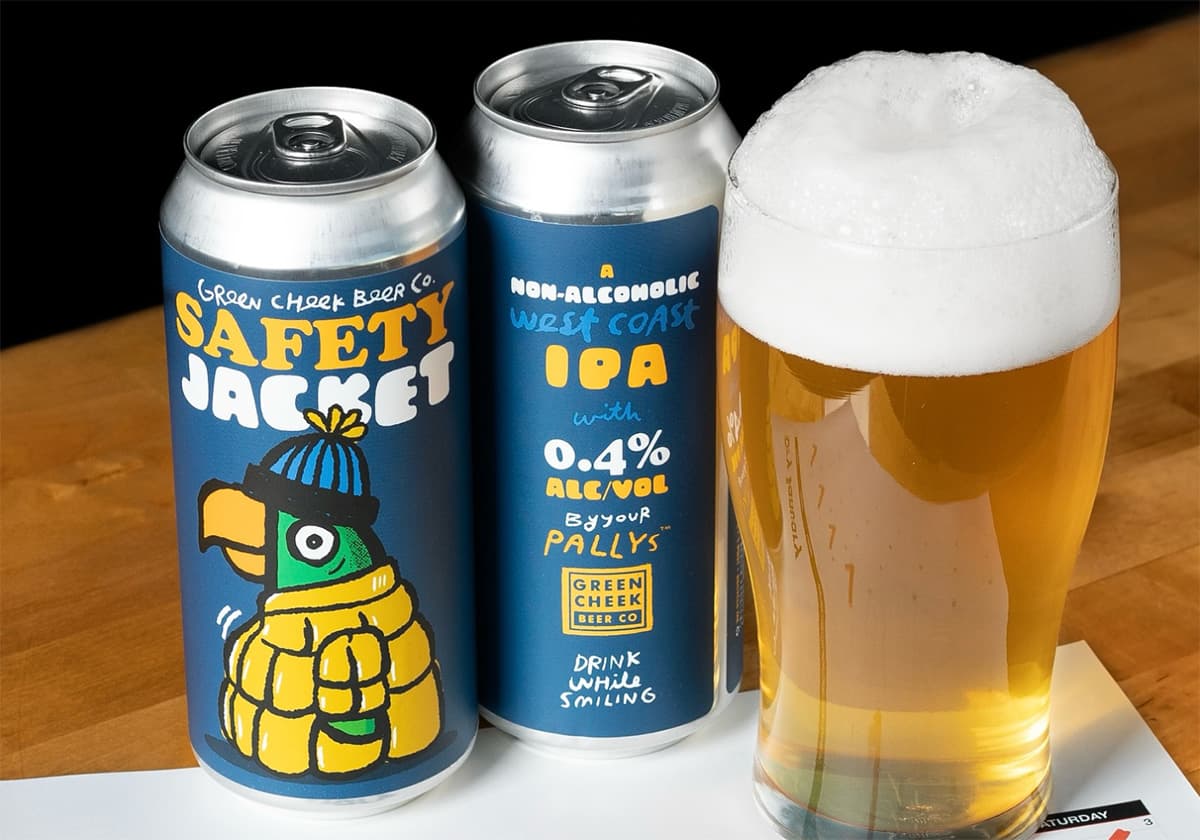
Special maltose-negative yeast strains offer an accessible route to nonalcoholic beer with a low cost of entry. While pitching the yeast is easy, however, dialing in a tasty NA product demands iteration and a careful process.
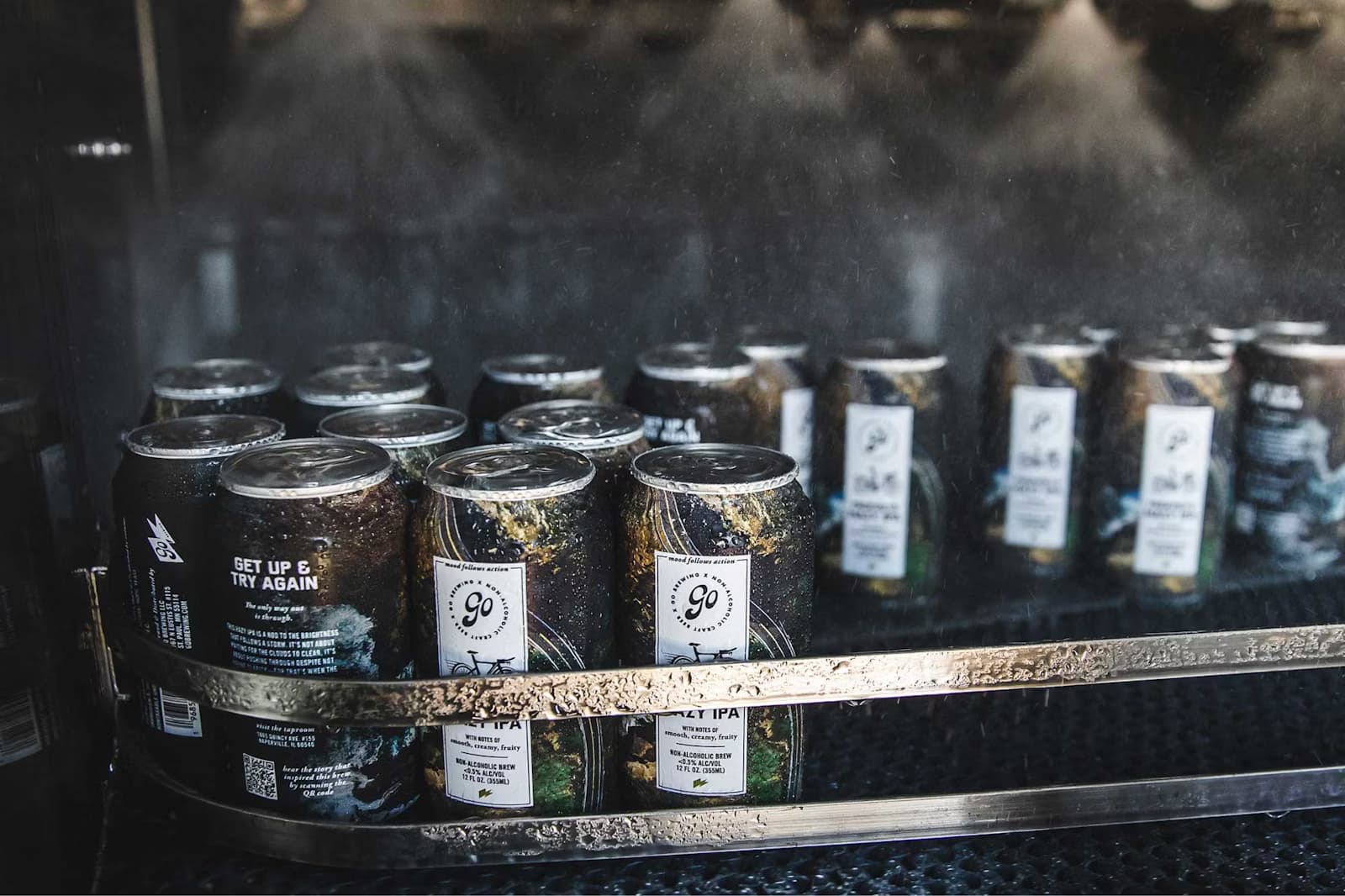
As demand grows for nonalcoholic craft beer, brewers and manufacturers are answering the call with a new wave of innovations—and the results have never tasted better.
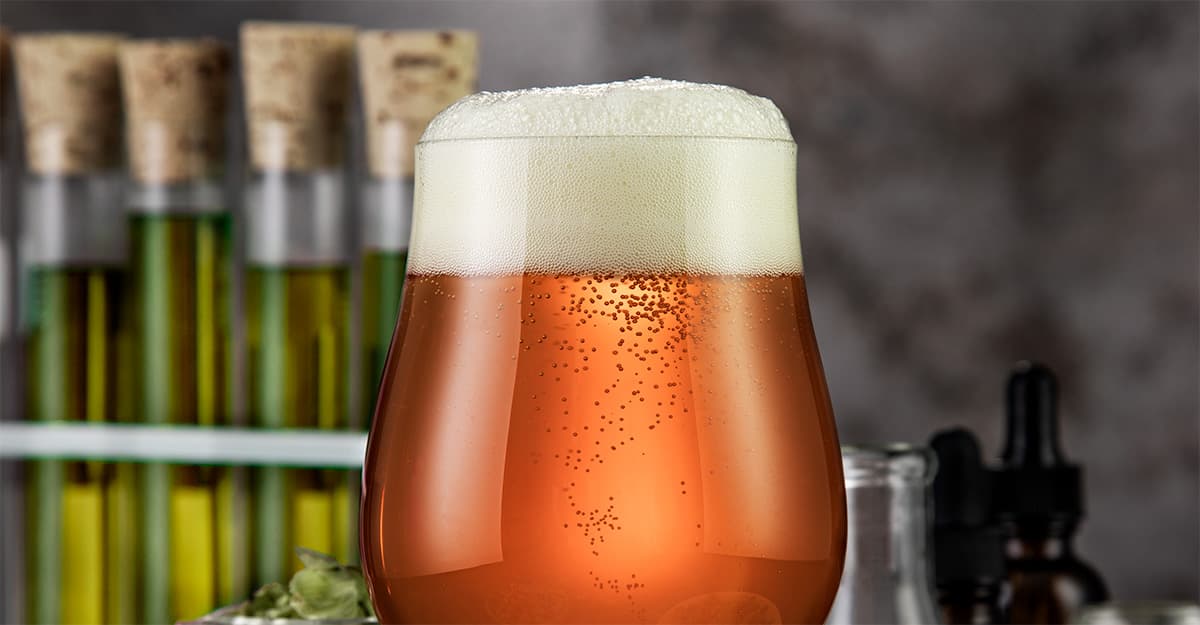
Even beyond hop aroma and flavor, researchers have identified a number of ways that advanced hop products and related offerings can help nonalcoholic beer taste more like the real thing.

Plenty of evidence suggests that skillfully applied hop character can make NA beers more satisfying. While making them both tasty and food-safe is a challenge, the knowledge base is growing alongside the number of hop products that can help.
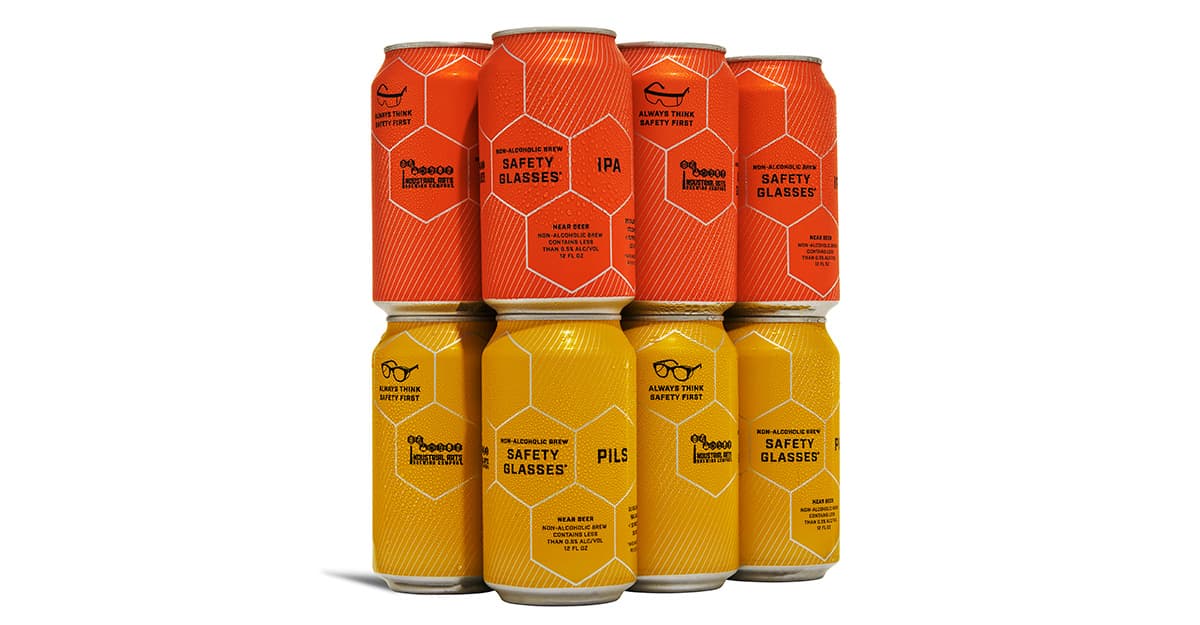
Nonalcoholic beer is a growing category, and some smaller breweries are getting into that space. However, doing it properly may entail much more study, planning, and compliance than you expect.
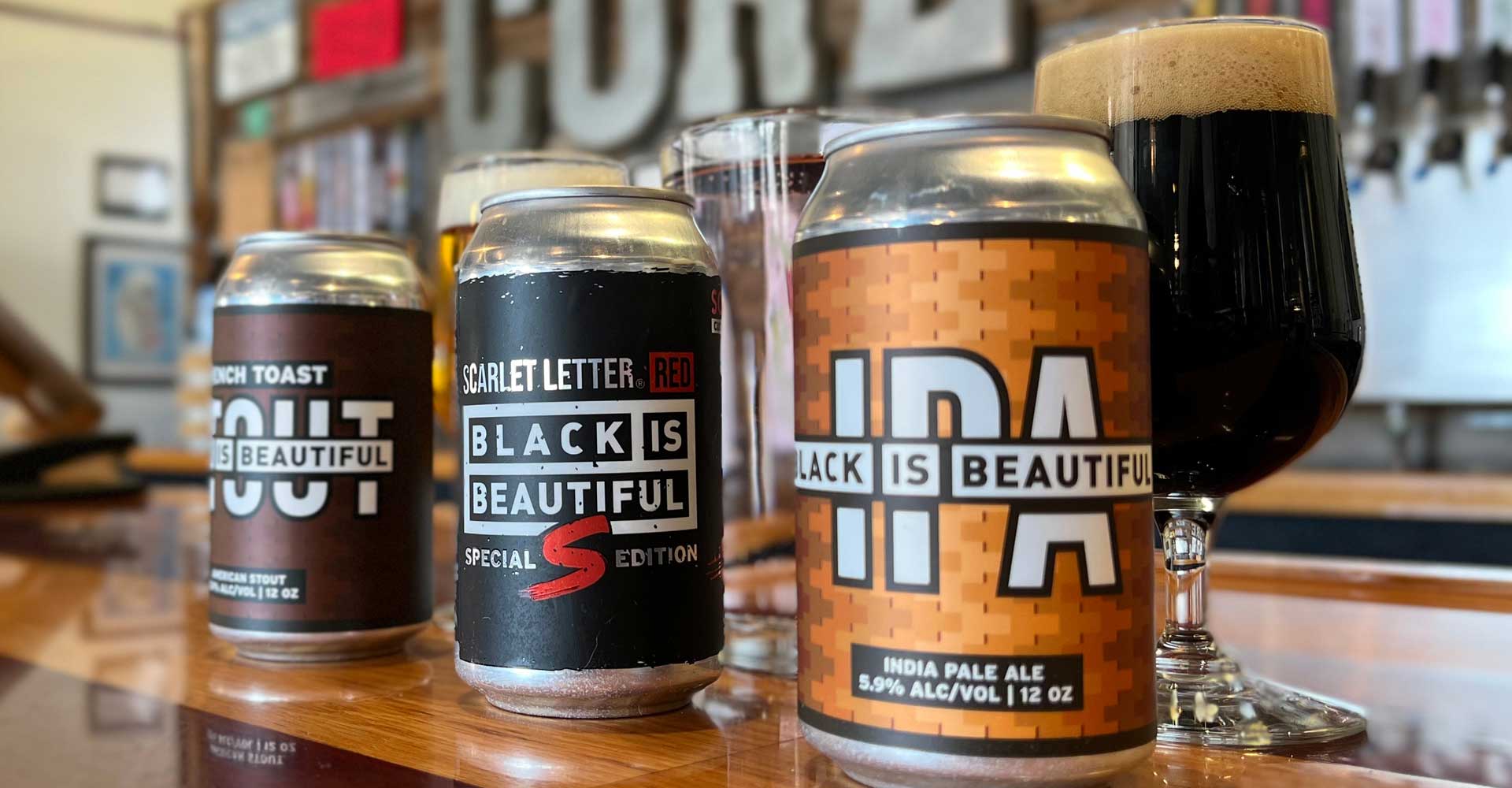
From our upcoming Spring issue of the Brewing Industry Guide, here’s a roundup of some recent news, notes, and announcements from around the industry.
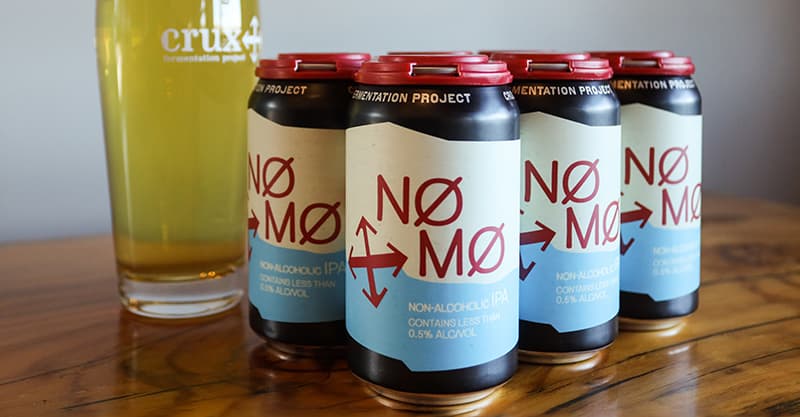
Expensive equipment and a steep technical learning curve make contract brewing nonalcoholic beers an attractive option for smaller breweries.
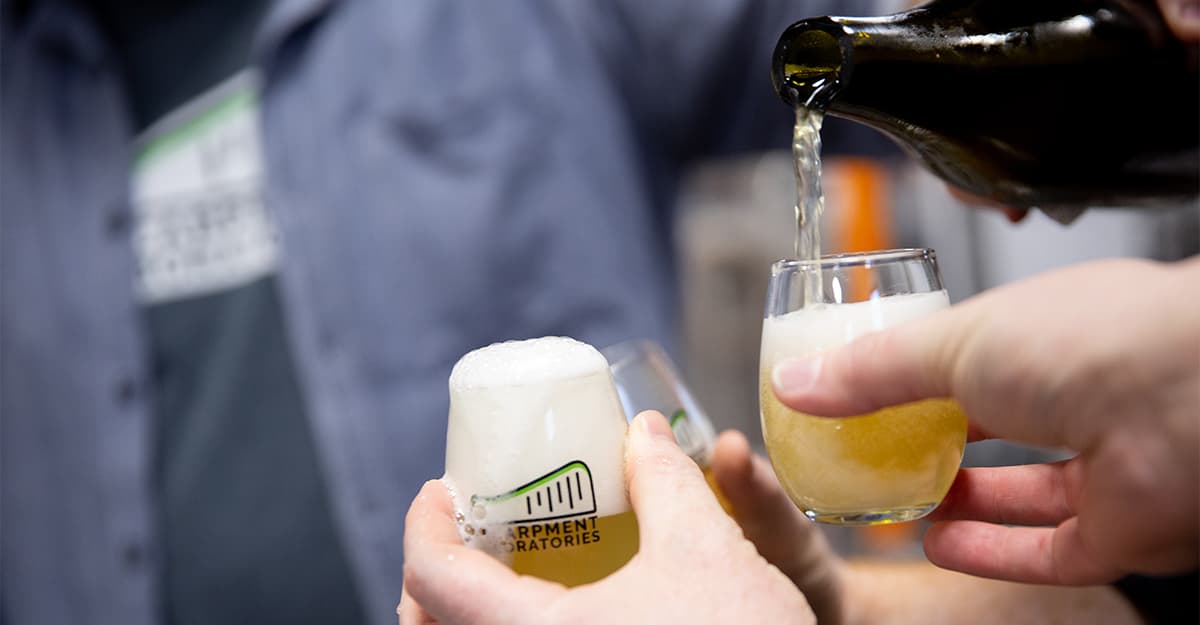
There are only so many ways to make a low- or no-alcohol beer, and none provide an easy route to a product that tastes good—especially for smaller breweries. However, one increasingly viable option is specialized yeast. Here’s how it works.

This inline system is designed to make hard seltzer out of the beer that brewers are already producing. As a bonus, it can facilitate low- or non-alcoholic beer without loss of taste or quality.